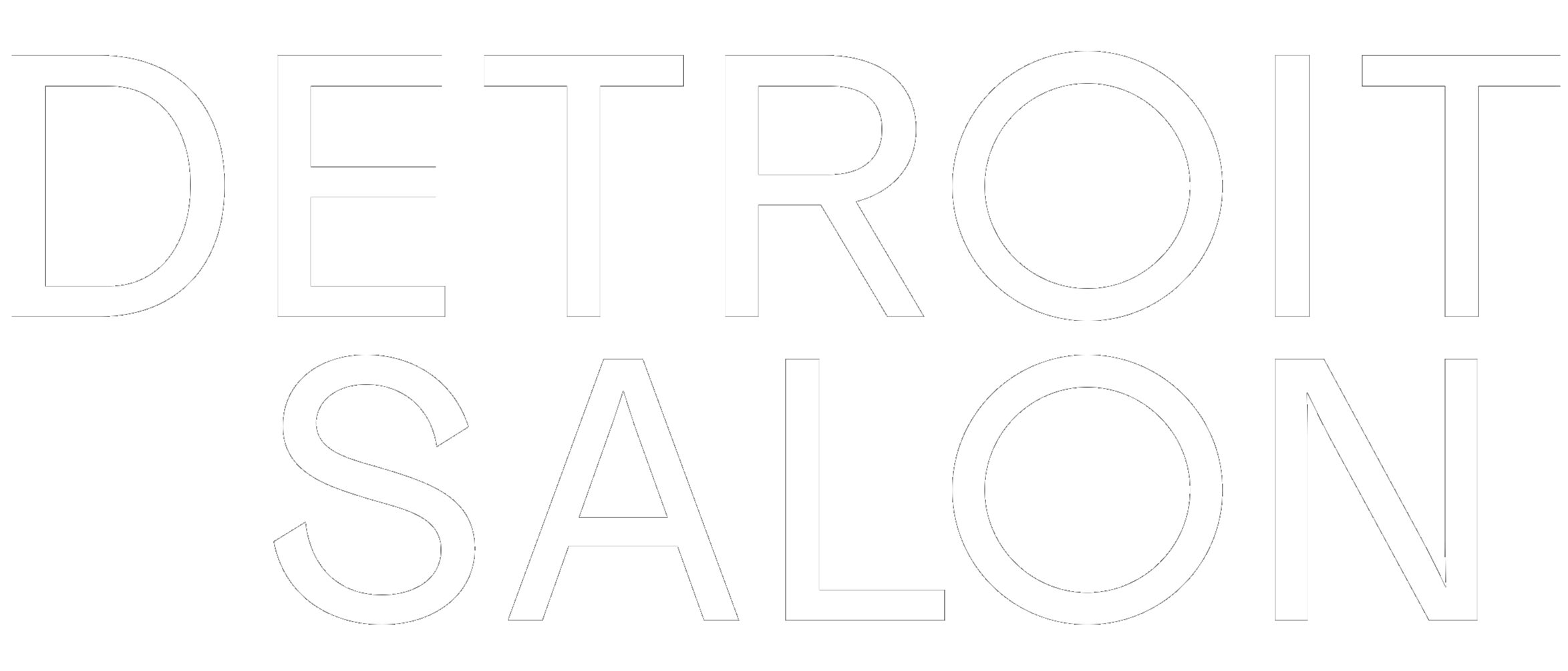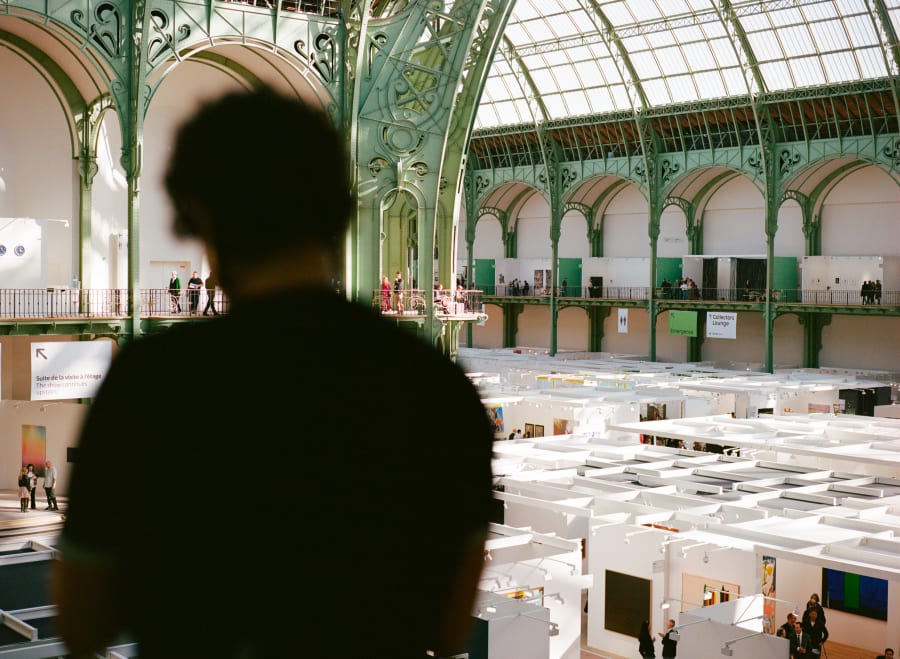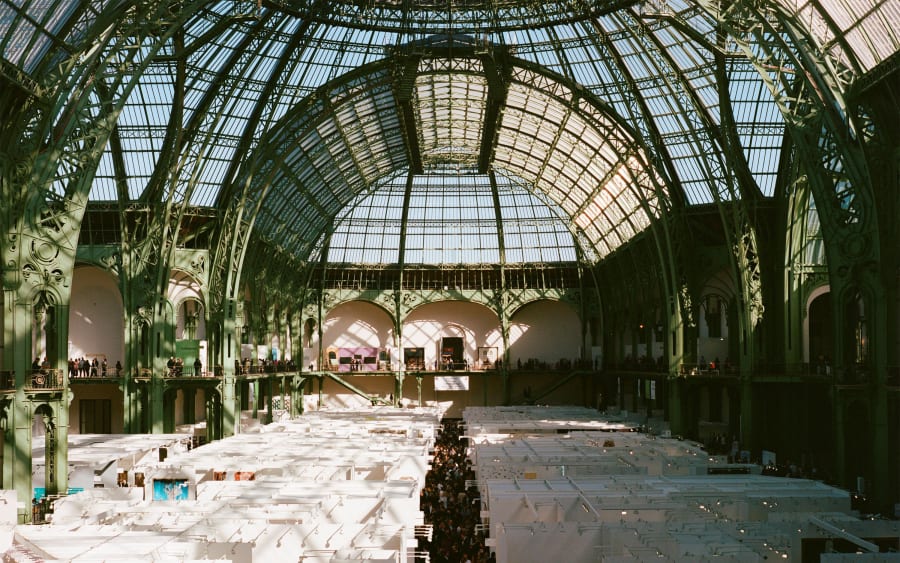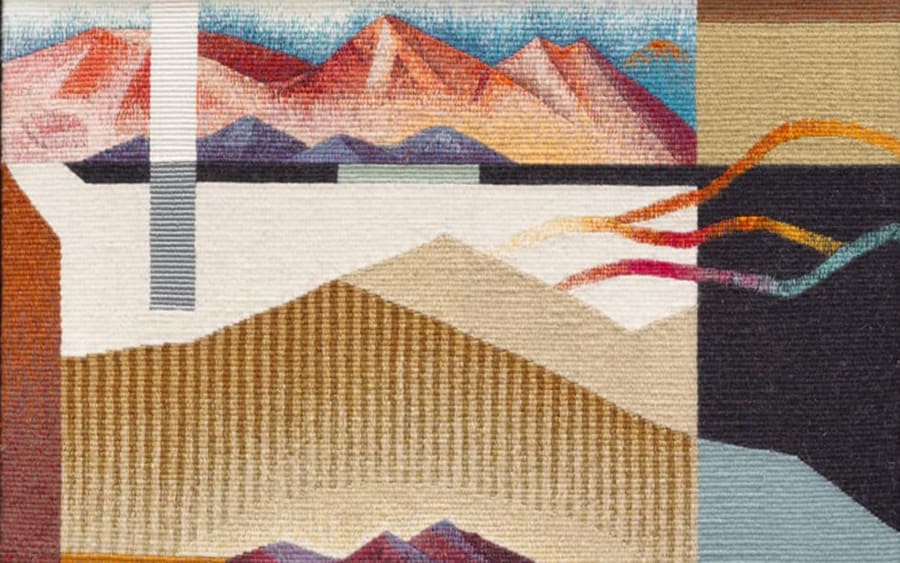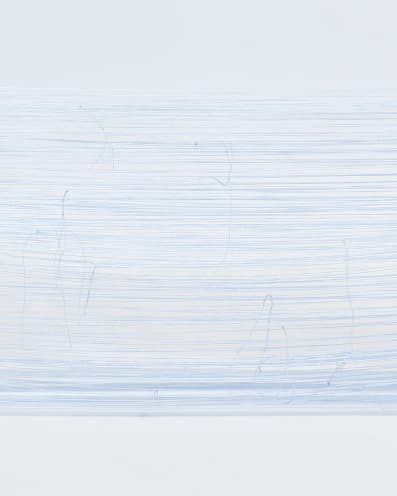
Detroit Salon brings Michigan excellence to the heart of Paris
Held in some of the French capital’s most prestigious venues, three exhibitions will celebrate the cultural depth of a city in creative ebullition

Detroit Salon brings Michigan excellence to the heart of Paris
Held in some of the French capital’s most prestigious venues, three exhibitions will celebrate the cultural depth of a city in creative ebullition

Detroit Salon brings Michigan excellence to the heart of Paris
Held in some of the French capital’s most prestigious venues, three exhibitions will celebrate the cultural depth of a city in creative ebullition

Detroit Salon brings Michigan excellence to the heart of Paris
Held in some of the French capital’s most prestigious venues, three exhibitions will celebrate the cultural depth of a city in creative ebullition

Detroit Salon brings Michigan excellence to the heart of Paris
Held in some of the French capital’s most prestigious venues, three exhibitions will celebrate the cultural depth of a city in creative ebullition
By Jennifer L. Evans
In 1900, the celebrated sociologist, author, and civil rights activist W.E.B. Du Bois, along with Thomas J. Calloway, exhibited photographs, drawings, and transcriptions at L’Exposition Universelle in Paris. Their goal was to present African American culture to the world with a focus on the areas of history, current events, literature, and education. A highlight of the exhibition was Du Bois’ photographs of African Americans in repose. He wanted to subvert the ubiquitous racist displays and claims of the time that objectified and exoticized Africans and African Americans. Du Bois and Calloway’s materials instead showed Black Americans as intellectuals, educated, and poised. They used the international stage to reclaim the narrative.
In the same spirit, Detroit Salon boldly enters the international art arena by bringing three exhibitions and cultural activations to Art Basel this fall, during Art Basel Paris week: 'A Blueprint of Resonance: Building Detroit’s Artistic Future', 'Domestic Dialogues: The Art of Living in Detroit', and 'Stitched into History: The Legacy of Detroit’s Avenue of Fashion'. Each exhibition emphasizes an aspect of Detroit life that sets the city slightly apart from the American grain, reshaping the narrative yet again.
At the Palais de Tokyo, 'A Blueprint of Resonance: Building Detroit’s Artistic Future', curated by Detroit Salon’s Chief Curator, Juana Williams, is a robust showcase of Michigan-based artists who have contributed to the city’s flourishing art scene, which has deep roots in the Black Arts Movement. In the 1960s, Black American artists began to organize museums and galleries in response to the racial oppression they experienced in the mainstream art world. An influx of ethnically specific museums quickly followed, reshaping the American art museum infrastructure. 'A Blueprint of Resonance' illustrates this legacy through artists such as Peter Daniel Bernal and Joey Quiñones. Both tell stories about the heritage of Detroiters through symbols, motifs, and objects of meaning. Cultural questions inspired by the film director and photojournalist Na Forest Lim are answered by a resolute figurative masterpiece by Tylonn J. Sawyer: Lim’s film Woven Bonds (2025) frames two people reading poetry aloud together; Sawyer’s Black Man on Horse: Bayard (2024) presents the civil rights leader Bayard Rustin on top of a horse, reminiscent of the equestrian statue tradition used to celebrate powerful Western men. Both artists challenge power by elevating their subjects to positions of prominence and correcting the imbalance.
‘[Detroit] is a city that thrives on reciprocity and care,’ says Lim, a Detroit newcomer. ‘When I struggled, the community gave me groceries. When I doubted myself, friends taught me to love who I am and who I’m becoming.’
'Domestic Dialogues: The Art of Living in Detroit' – presented in the Detroit Salon space at the Grand Palais – is an homage to the many Detroit art patrons who have built world-class private collections. Most of them didn’t inherit their art but instead collected the pieces one by one, through hard work. Their sure eye has been key in the nurturing of local talent. They have supplanted the museum system by turning their homes into galleries and themselves into curators. Their living rooms have become akin to secondary education institutions – classrooms where didactics have been replaced by stories, laughter, and fellowship. Prominently featured in the exhibition, the figurative artists Bakpak Durden, Jamea Richmond-Edwards, and Hubert Massey paint and draw the people we were and hope to be. Their works hang on the walls as mirrors for viewers to see themselves. A physical mirror is also included in the installation, encouraging audiences to quite literally see themselves in Detroit. The pieces are presented in a home-like setting, fostering a more intimate encounter with the art on view and the city it represents.
At the Hôtel de Talleyrand, an architectural artwork itself that was renovated by the World Monuments Fund in the 2000s, Stitched into History: The Legacy of Detroit’s Avenue of Fashion evokes the city’s unique sartorial past, which combines Western styles, Eastern patterns, urban aesthetics, sneaker culture, and handmade garments. For the show, artists have turned garments into meaningful works of art, incorporating history, politics, and culture. Andrew I. Wilson’s work is a case in point: in his hands, hats are no longer just symbols of hip-hop culture – he transforms them into griots, performing the messages of history in a way that makes them feel fresh. Similarly, Levon Kafafian handweaves traditional Armenian motifs into costumes, tapestries, and jewelry designed for performance, decoration – or just walking down the street.
'Domestic Dialogues' and 'Stitched into History' were shaped by Williams’s curatorial vision, with artists chosen through a broad nomination process that involved museums, cultural institutions, and more than 50 community practitioners, before a final juried selection by external experts.
Together, these exhibitions point us to the future through artworks that comment on and challenge urgent social and political issues. They present a powerful view of life in Michigan, of the urban resilience of Detroit, and of a nation as it sees itself. They imagine a new narrative where true diversity is inevitable, not aspirational. ‘Detroit’s excellence is something we as a community here all know and value,’ says Laura Mott, Chief Curator at the city’s Cranbrook Art Museum and curatorial adviser to Detroit Salon. ‘We see each other, we elevate each other, we know our worth. The Detroit Salon initiative is an opportunity for us to take our rightful place amongst our creative peers on the international stage.’
At a time when global diplomacy is fraught with tension, Detroit Salon reminds us we are all humans struggling with identity, uncertainty, and change. Bringing Detroiters to Paris shares its vision for a new world. ‘We have thus, it may be seen, an honest, straightforward exhibit of a small nation of people, picturing their life and development without apology or gloss, and above all made by themselves,’ Du Bois said of his display at the 1900 L’Exposition Universelle. So shall we reflect on the 2025 Detroit Salon.
Jennifer Evans is the Senior Director of Exhibitions and Collections at the Charles H. Wright Museum of African American History in Detroit.
About Detroit Salon
Detroit Salon is an initiative presenting the city’s artists and cultural narratives on a global stage. Through a series of thoughtfully curated exhibitions, it celebrates Detroit’s legacy of creativity, community, and cultural leadership – redefining how the world sees both the city and contemporary American art. Its mission is to strengthen access and visibility for Detroit and Michigan’s artists and creative communities on a national and international stage through global partnerships with leading art and culture organizations, exhibitions, and a major new global contemporary art show in Detroit in 2028, continuing biannually.
Executed in collaboration with Michigan civic, cultural, and global partners, and developed by Salonnière, the platform connects local artists with international audiences through a dual approach: outbound exhibitions and activations at leading cultural institutions and art shows and fairs, and inbound programming that welcomes the global art world to Detroit.
Caption for header image: Katie Mongoven, Vintage Handmade Liling China Blue & White Miniature Vase 020325 (Ghost), 2025. On view at Grand Palais.
Published on October 10, 2025.
